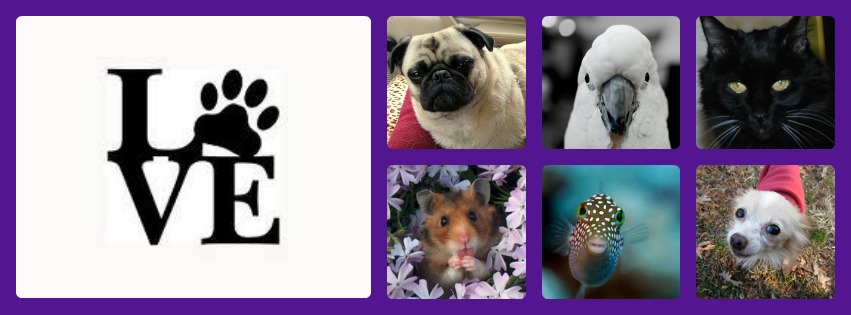A lot of folks don’t realize it, but as companion animals grow older, their nutritional needs often change. As their caretakers, we owe it to them to provide the best we can, based on their current nutritional requirements. The truth is, when it comes to senior dogs, appropriate, targeted nourishment can make a real difference in terms of longevity and long-term happiness.
The Four Stages of Canine Life
The four stages of a dog’s life are: puppyhood, adolescence, adult and senior. Keep in mind, however, that breeds age at differing rates. When it comes to determining where your dog lands on the scale, size really does matter. For instance, small breeds enter adolescence and reach full size as adults much more quickly than do large breeds. Even so, small breeds enjoy a longer period in the adult life stage. Large and giant breed dogs progress more rapidly to the senior life stage but overall have shorter lifespans. For example, while the average miniature poodle lives 15 years, a Great Dane’s life expectancy is about nine.
When Do Dogs Become Seniors?
There is not one specific age at which a pet becomes a senior. In general, veterinarians consider dogs ages 6-7 as having entered their senior years, with larger dogs reaching seniority more quickly than small breed dogs. In human terms, a small or medium-sized breed dog at seven years of age is the equivalent of a mid-forties human, while a large or giant breed dog is more similar to a 50- to 56-year-old.
Aging is a complex process that depends on breed, environment, and lifestyle, so even within the same breed, some individuals age more quickly than others. Your companion animal’s unique state of health is more important than any date on the calendar!
Common Health Conditions in Senior Dogs
Some of the common medical conditions seen in older pets include heart disease, kidney disease, diabetes, obesity and joint disease. While it’s impossible for diet alone to address all of these conditions, we do know that providing senior dogs with optimal nutrition is the best thing you can do to ensure longevity (more about that in a minute). I ask each of you to work with your veterinarian to come up with a holistic plan to address your senior dog’s individual needs.
In addition to regular veterinary checkups, pet parents should be on the lookout for any of the following symptoms, all of which warrant a visit to the vet . . . .
• Sudden changes in appetite, either decreased or increased
• Increased thirst & urination
• Straining to urinate or defecate
• Persistent cough
• Panting, even when resting
• Vomiting
• Difficulty rising from a resting position, climbing stairs, or getting in & out of cars
• Increased incidents of indoor elimination
• Sudden changes in temperament
• Acting confused or disoriented
The Importance of Dietary Supplements
Nutritional plans for seniors really should feature dietary supplements. For instance, most senior dogs would benefit from taking a premium joint supplement. Remember, aging joints are often painful joints! And it’s not at all uncommon for coats to lose their luster later in life . . . . not to mention, skin becoming dry and flaky. Adding a balanced skin-and-coat supplement just might make all the difference! And, of course, general wellness supplements with antioxidants and immune support could help provide what your senior dog needs for his or her golden years.
The All Life Stage Food Solution
If you have multiple dogs on different diets and you’re worried about who’s eating what, simplify meal time by feeding in different rooms, or even in crates.
For most households, a premium all life stage diet offers the perfect solution. At Life’s Abundance, we’ve worked diligently to perfect formulas that provide abundant nutrition for all breeds, at all points in their life spectrum. The truth is, puppies and senior dogs share many of the same nutritional needs. For instance, our All Life Stage Dog Food features the additional amino acids, probiotics, Vitamin E and zinc that dogs need early AND late in life. With precise portions and individualized wellness supplements, the needs of each individual dog can be met.
Now that we’ve covered canines, we will soon be delving into senior cat nutrition!
Learn more about all of our pet & people products at:





















